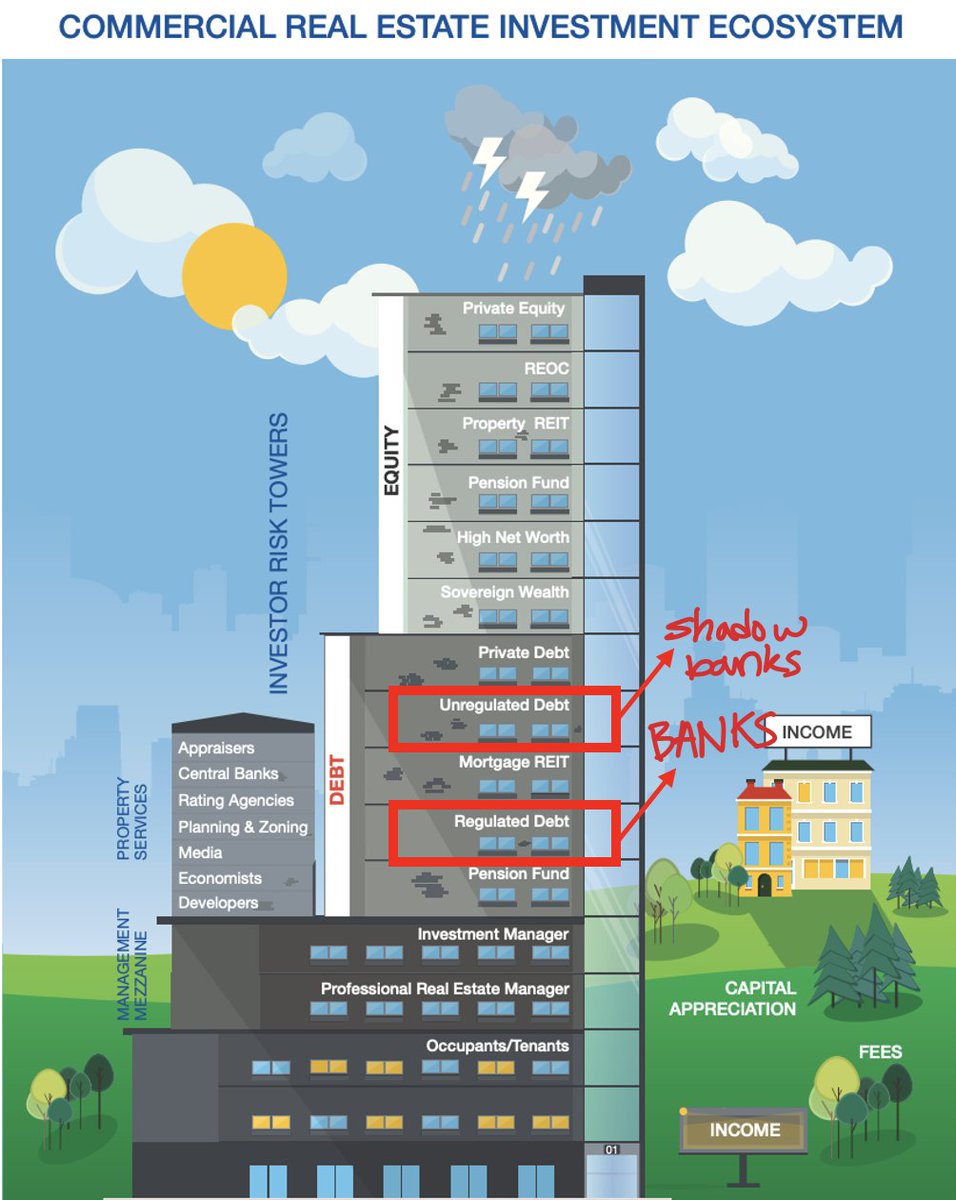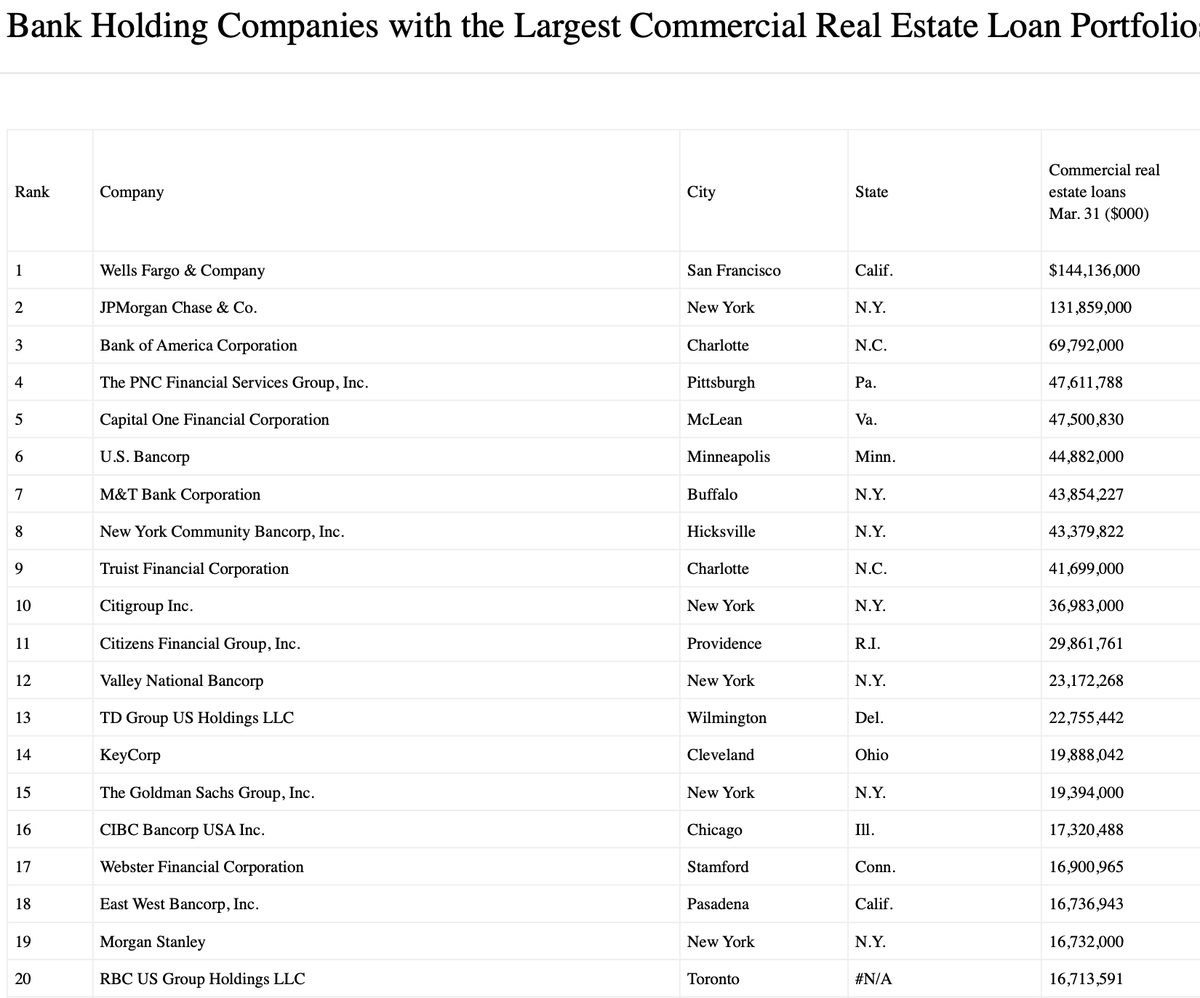🧐How to Read 10Ks Like a Hedge Fund🧐
“Fundamentals don’t matter anymore!” I’ve heard this a lot lately on Fintwit.🙄
But, for those who’ve diversify beyond $GME and $DOGE, here’s a primer on what metrics fundamental buy-side PMs look at and why:
(real examples outlined)
👇
“Fundamentals don’t matter anymore!” I’ve heard this a lot lately on Fintwit.🙄
But, for those who’ve diversify beyond $GME and $DOGE, here’s a primer on what metrics fundamental buy-side PMs look at and why:
(real examples outlined)
👇
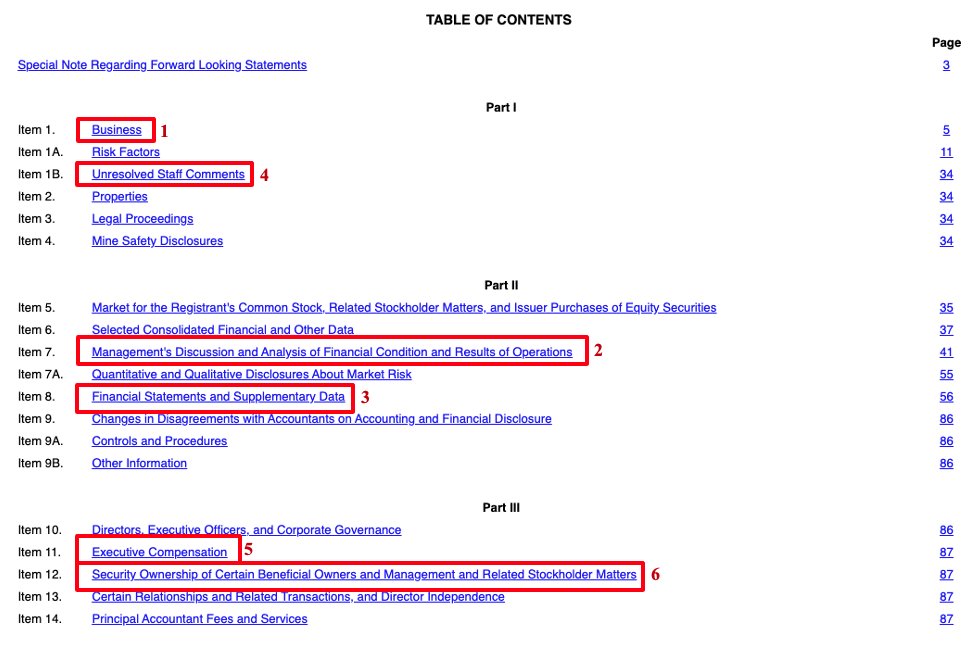
1/ Start @ business overview.
Look for these critical pts:
- market ecosystem (Who are the suppliers, distributors, partners? How is each $1 split btw the diff. players?)
- revenue model (How do they get paid? Subscription? Ads? Transaction fees?)
- product line/s (pure play?)
Look for these critical pts:
- market ecosystem (Who are the suppliers, distributors, partners? How is each $1 split btw the diff. players?)
- revenue model (How do they get paid? Subscription? Ads? Transaction fees?)
- product line/s (pure play?)

🚩 Reg flags if changes in:
- risk factors
- regulation
Why?
"If there’s a change here, it's b/c lawyers said so."
- if "cyber hack" gets added, there was probably a recent breach
- if "asbestos liability" gets added, expect workers comp to balloon
- risk factors
- regulation
Why?
"If there’s a change here, it's b/c lawyers said so."
- if "cyber hack" gets added, there was probably a recent breach
- if "asbestos liability" gets added, expect workers comp to balloon
Useful tip:
If this is your 1st time ramping up on the company, read the business overview section whole.
If not, use a tool like FileMerge/opendiff to quickly find what’s changed since last year (hopefully, not much).
If you can't bash but got $20K to drop, get a Bloomberg.
If this is your 1st time ramping up on the company, read the business overview section whole.
If not, use a tool like FileMerge/opendiff to quickly find what’s changed since last year (hopefully, not much).
If you can't bash but got $20K to drop, get a Bloomberg.

2/ MD&A
Look for mgmt’s explanations on:
- revenue growth trends (if decelerating, why?)
- near-term expansion focus (selling up-market? geographical exp? partnerships? new product?)
- metrics that beat/missed
- competitive moat
- biggest risks
- governance changes
- guidance
Look for mgmt’s explanations on:
- revenue growth trends (if decelerating, why?)
- near-term expansion focus (selling up-market? geographical exp? partnerships? new product?)
- metrics that beat/missed
- competitive moat
- biggest risks
- governance changes
- guidance
3/ Financial Statements
aka the crux
Juiciest parts are in the FOOTNOTES (where truths like off-balance-sheet assets, operating leases, depreciation, etc. get uncovered).
But first let's start with the three statements (income statement, cash flow statement, & balance sheet).
aka the crux
Juiciest parts are in the FOOTNOTES (where truths like off-balance-sheet assets, operating leases, depreciation, etc. get uncovered).
But first let's start with the three statements (income statement, cash flow statement, & balance sheet).
3a/ Income Statement
Look for:
- revenue %YoY growth (lots of co's, esp. tech, trade on revenue multiples... gotta keep 'em high to maintain those valuations)
- margins (economies of scale says margins should improve)
- one-time expenses/ writeoffs
- discontinued ops
Look for:
- revenue %YoY growth (lots of co's, esp. tech, trade on revenue multiples... gotta keep 'em high to maintain those valuations)
- margins (economies of scale says margins should improve)
- one-time expenses/ writeoffs
- discontinued ops
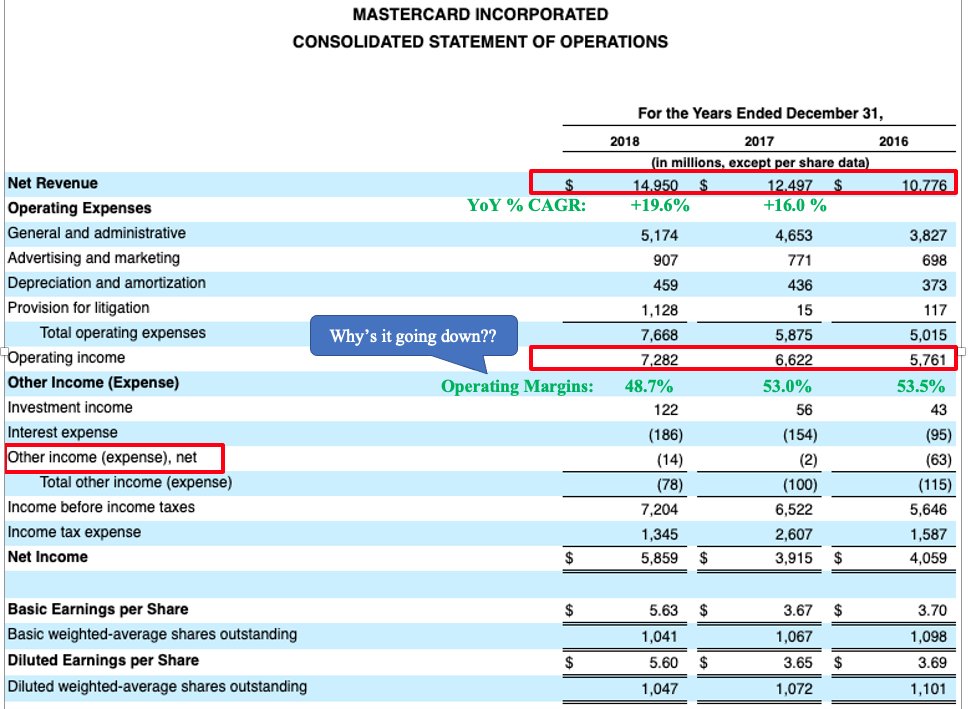
3b/ Cash Flows
Look for:
- changes in working capital or DSO (days sales outstanding) -- why? these 2 metrics indicate ST solvency
-🚩rising accts receivable -- why? this is a sign of capital inefficiency & maybe deteriorating customer quality
-🚩negative CFFO (from operations)
Look for:
- changes in working capital or DSO (days sales outstanding) -- why? these 2 metrics indicate ST solvency
-🚩rising accts receivable -- why? this is a sign of capital inefficiency & maybe deteriorating customer quality
-🚩negative CFFO (from operations)
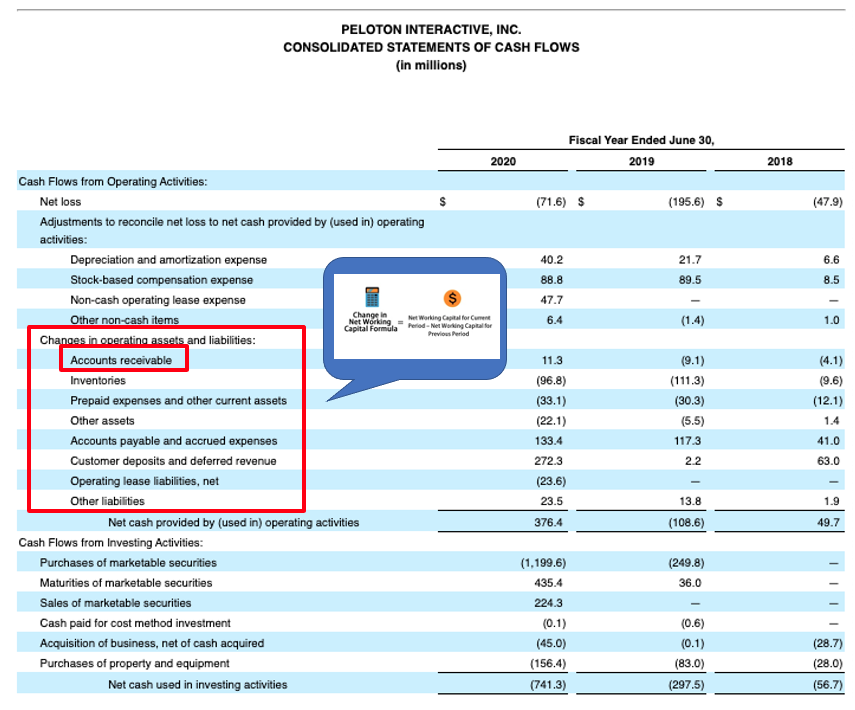
- 🚩CFFO < net income, consistently (sign of some earnings shenanigans... see bit.ly/3tuTBys)
- 🚩 CFFI >> CFFO, consistently (can't mooch off investors forever!)
- 🚩 using one-time sales to pay down debt
- 🚩 capex < depreciation (mgmt is not investing back into biz)
- 🚩 CFFI >> CFFO, consistently (can't mooch off investors forever!)
- 🚩 using one-time sales to pay down debt
- 🚩 capex < depreciation (mgmt is not investing back into biz)
3c/ Balance Sheet
Look for:
- 🚩Rising debt/equity (if >200%, usually sign of impending liquidity crunch)
- 🚩Falling interest coverage (if <5, usually sign that operating income can't cover ST interest)
- Big change in cash w/out corporate action
- High goodwill (aka bad will)
Look for:
- 🚩Rising debt/equity (if >200%, usually sign of impending liquidity crunch)
- 🚩Falling interest coverage (if <5, usually sign that operating income can't cover ST interest)
- Big change in cash w/out corporate action
- High goodwill (aka bad will)
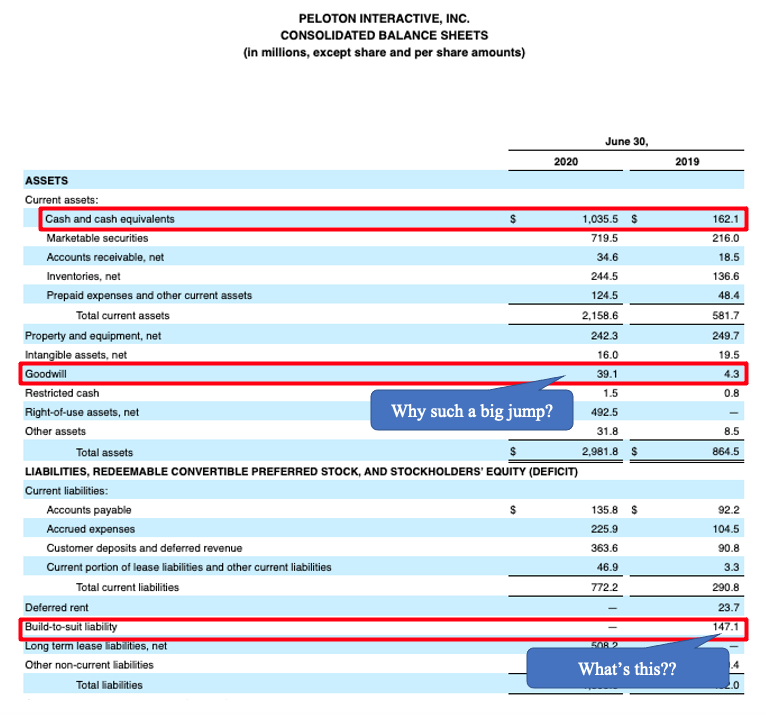
3d/ Footnotes: aka the fine print
DO NOT SKIP
Look for:
- revenue recognition explained
- GAAP vs non-GAAP (i.e. what did mgmt add/remove in Adjusted EBITDA?)
- off-balance sheet / VIEs
- operating leases
- legal actions
- LT debt maturities
- errors in previous filings
DO NOT SKIP
Look for:
- revenue recognition explained
- GAAP vs non-GAAP (i.e. what did mgmt add/remove in Adjusted EBITDA?)
- off-balance sheet / VIEs
- operating leases
- legal actions
- LT debt maturities
- errors in previous filings

4/ Unresolved Staff Comments
Good case: this section is empty (about 99% of the time)
Trouble case: this is where mgmt addresses comments it received from the SEC on previously filed reports (had to dig a LONG AF time to find an example, Forrest Oil Corp -- now defunct)
Good case: this section is empty (about 99% of the time)
Trouble case: this is where mgmt addresses comments it received from the SEC on previously filed reports (had to dig a LONG AF time to find an example, Forrest Oil Corp -- now defunct)
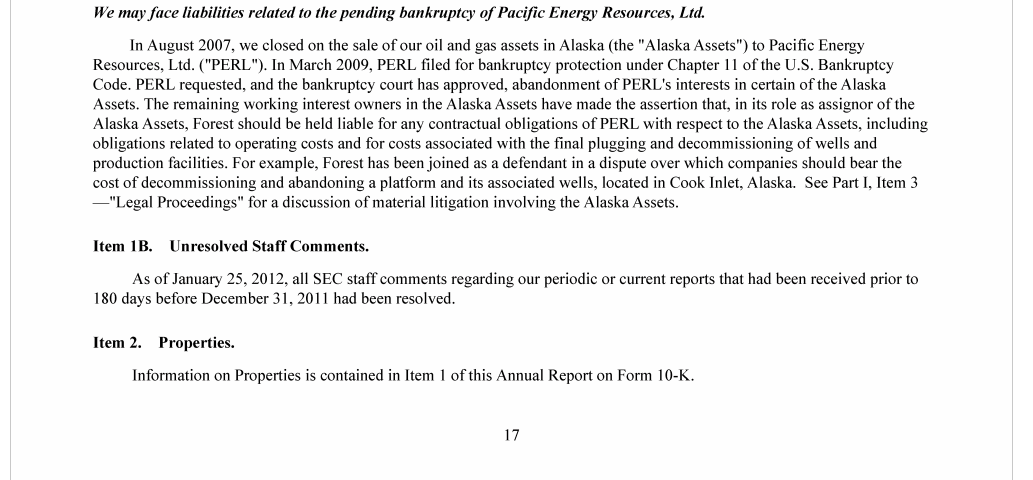
5/ Executive Comp
Why should u care how the CEO gets paid?
- CEO's goal is to maximize his bonus, so make sure the executive incentive plan is aligned w/ long-term value
What metrics are execs most often comped on?
- #1 revenue (20.2% of the time)
- #2 EPS
- #3 operating income

Why should u care how the CEO gets paid?
- CEO's goal is to maximize his bonus, so make sure the executive incentive plan is aligned w/ long-term value
What metrics are execs most often comped on?
- #1 revenue (20.2% of the time)
- #2 EPS
- #3 operating income

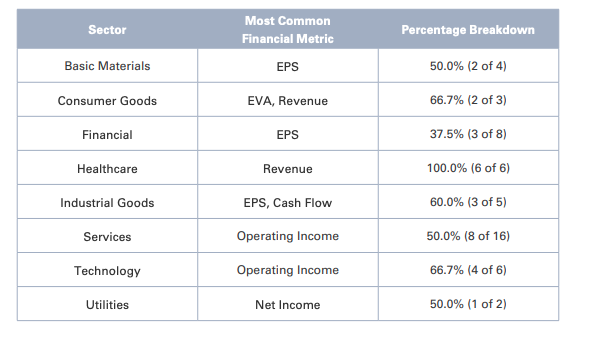
2nd reason to look @ proxy statements: signs of corporate governance issues
e.g. Michael Eisner's reign @ $Disney
- Board was stacked w/ insiders (so nobody challenged Eisner, no checks & balances)
- Hired & fired Michael Ovitz after 14 mo. w/ $130M golden parachute
e.g. Michael Eisner's reign @ $Disney
- Board was stacked w/ insiders (so nobody challenged Eisner, no checks & balances)
- Hired & fired Michael Ovitz after 14 mo. w/ $130M golden parachute
6/ Beneficial Ownership
Look for:
- high % ownership by insiders (C-suite, board): sign that mgmt is aligned w/ shareholders
- insider buying (Peter Lynch: "insiders might sell for a number of reasons, but they buy for only one: they think price will rise."
- 🚩🚩insider sales
Look for:
- high % ownership by insiders (C-suite, board): sign that mgmt is aligned w/ shareholders
- insider buying (Peter Lynch: "insiders might sell for a number of reasons, but they buy for only one: they think price will rise."
- 🚩🚩insider sales
- 🚩🚩if you see the CEO purge stock like a hot potato post-IPO, that's a clear-as-day sign that it's all over
e.g. #1 real news -- Tom Siebel @ $AI
e.g. #2 fake news -- @brian_armstrong sold 750K shares & apes thought he sold 75% of his stake... 😂🤯
Now this thread is over.
e.g. #1 real news -- Tom Siebel @ $AI
e.g. #2 fake news -- @brian_armstrong sold 750K shares & apes thought he sold 75% of his stake... 😂🤯
Now this thread is over.

• • •
Missing some Tweet in this thread? You can try to
force a refresh










